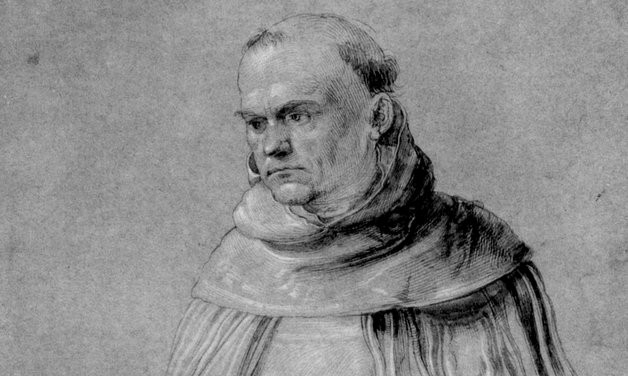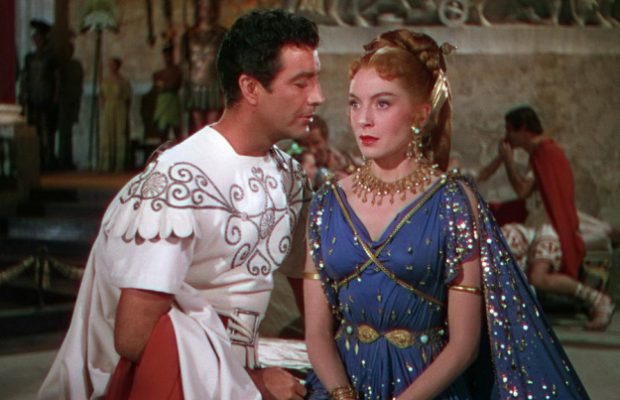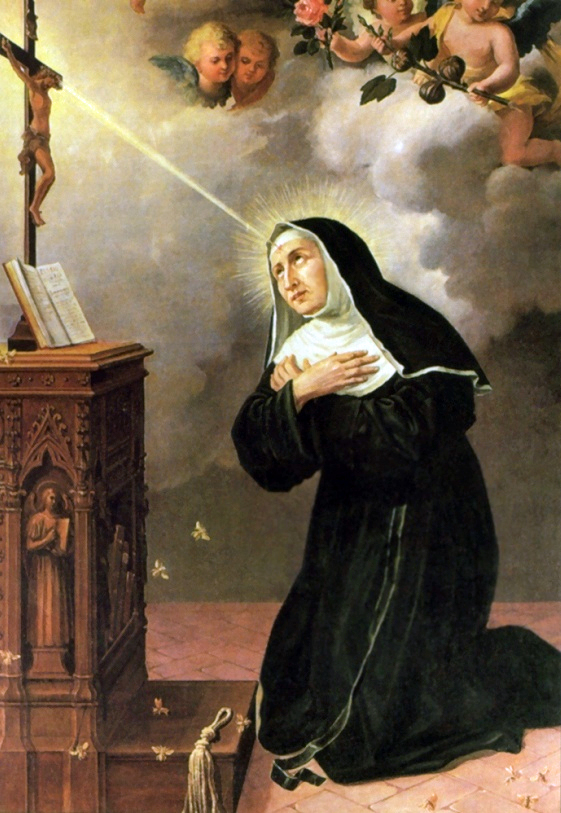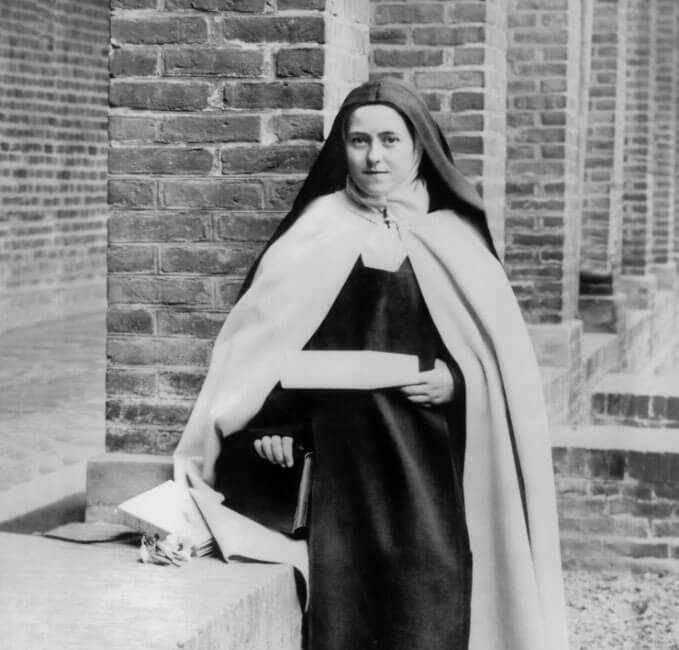From
The National Catholic Register:
Recognizing his gifts, in 1203, the bishop
of Osma invited Dominic to accompany him on a journey to negotiate a
marriage between a French prince and a Spanish princess. Although the
meeting never transpired due to the unexpected death of the princess,
the journey provided both men with their first exposure to a dangerous
new movement ravaging the Church.
The
heresy, known as Catharism, had taken root in the region of southern
France and was destroying the souls of Catholics. The sect’s clerical
leaders had devised a doctrine of two Gods — one good, the other evil —
and declared that all matter was evil, including the body of Jesus
Christ “made flesh.” Those unwilling to follow the extreme dictates of
fasting, lifelong virginity and marital abstinence were required to deny
the Roman faith and the sacraments of baptism, confession, Eucharist
and marriage. As Father Jarrett summarized the toxic ideal, “The only
real act of goodness was getting rid of life.”
To
restore God’s life within souls, “in the strength of the Spirit,” one
by one, Dominic began to win lapsed Catholics back to the faith by
engaging them in private and public debates. At the same time, he felt a
call to establish a new apostolic order dedicated to preaching God’s
word, but hesitated, realizing the monumental challenge. Even the
Cistercians, he knew, had tried but failed to break up through the
well-organized stronghold of the Catharists.
In
need of encouragement, on the evening of the feast of St. Mary Magdalen
in 1206, while sitting on a hillside above Prouille, France, and gazing
out over the valley, he turned to Mary in prayer and asked for a mark
of her guidance. Then, as he continued to watch, her luminous response
emerged from above. Father Jarrett described the event in his book: “Out
of the heavens descended a globe of flame, with a trail of glory
following, coming down over the forlorn church of Prouille.” As if a
confirmation of the visions seen by others in his infancy, Dominic
realized he had seen the full import. Strengthened, he moved forward and
established the first community of the Order of Preachers in Prouille
and received the blessing of Pope Honorius III in 1216. The Dominicans
are now credited with extinguishing the heresy of Catharism.
For me, the
Dominican victory inspires hope. Hope as we daily battle against the
culture of death and the forces of moral relativism and hope in the
Light of Christ that “shines on in the darkness and the darkness has not
overcome it” (John 1:5). From now on, as I look upon St. Dominic’s
star, I will remember his heroic example and pray, asking his
intercession: Good servant of the Word, please help me to bear my torch and to radiate the charity of Christ as you did. (Read more.)
From Dominicana:
For non-Catholics, Francis is the easiest saint to
understand and love, while Dominic is the most difficult, once remarked
Chesterton. If the abundance of Francis-emblazoned garden decorations
and the world’s new-found devotion to Pope Francis—whose namesake is the
beggar friar of Assisi—are a reliable indication, the statement is
undoubtedly true. The endearing vagabond stigmatist of Alverna, known
for his love of creation and his sympathy for the poor, easily captures
the hearts of multitudes, Catholics and non-Catholics alike. In
contrast, many written or artistic depictions portray Dominic as the
black-and-white clad, crusade-preaching, stern-faced Spaniard of the
un-holy Inquisition. Even today it seems this unfortunate caricature of
Dominic abides, as many find Saint Dominic difficult to love and to
others he is completely unknown.
Perhaps some would feel drawn to Saint Dominic if his great
sympathy for the poor was spoken of more frequently. As the records of
his canonization recall, when he was a student of theology, he sold his
books to feed the poor of Palencia. But the great saint lived this
solidarity with the poor his entire life, even dying in the bed of
another friar—since he had no cell of his own. To witness to the
authenticity of his preaching, Dominic crossed the countryside walking
barefoot (in great contrast to the official papal preachers of his day,
travelling as they did in luxurious caravans). A further glimpse of his
absolute dedication to poverty is offered by contemporaries of Saint
Dominic who attest they only ever saw him wearing the same one habit,
covered in patches.
Could it not also be hard to admire Saint Dominic because
of the hidden nature of his life of prayer and study? With a reputation
for sincerity and dedication to his work of learning, the young saint
was known to spend many long nights poring over his books. Later in
life these sleepless vigils became nights given over to the work of
prayer for the conversion of souls. The fruits of these kinds of
efforts, though, are all-so-often veiled from our prying eyes.
Maybe affection for Dominic is foreign to some hearts
because of how little is said of the intensity of his labors. Saint
Dominic’s idea to found the Order was original and highly innovative.
To establish the unprecedented group, the Order of Preachers, required
him to be a master of efficiency and organization. Consider the fact
that Dominic only worked for five years after papal approval of the
Order before his death and in that time managed to bequeath to it a
lasting legacy of governance, traditions, and ideals. Accordingly,
these earliest days of the Order leave behind a vivid image of the
extraordinary abilities and intuition of its founder.
Is it not also possible that some struggle to be devoted to
Saint Dominic because they find the idea of the work of “preaching”
aloof or disconnected? We have said Dominic was a man of study, a true
intellectual, but Saint Dominic himself ordered these efforts towards
his preaching. He was a man of learning so that he could reach people
with the truth, not be distanced from them! We have only to think of the
night Dominic, the preacher of grace, spent speaking until dawn with an
innkeeper to convert him in order to see the saint’s acquired knowledge
at work, a powerful tool put to use for the salvation of souls. (Read more.)
Read my novel on the Cathars.







































/jesus-in-garden-of-gethsemane--mosaic--detail--glorious-mysteries-chapel--upper-basilica-of-our-lady-of-rosary--lourdes--languedoc-roussillon-midi-pyrenees--france--19th-century-677110309-5a839ae9642dca003762cc49.jpg)








